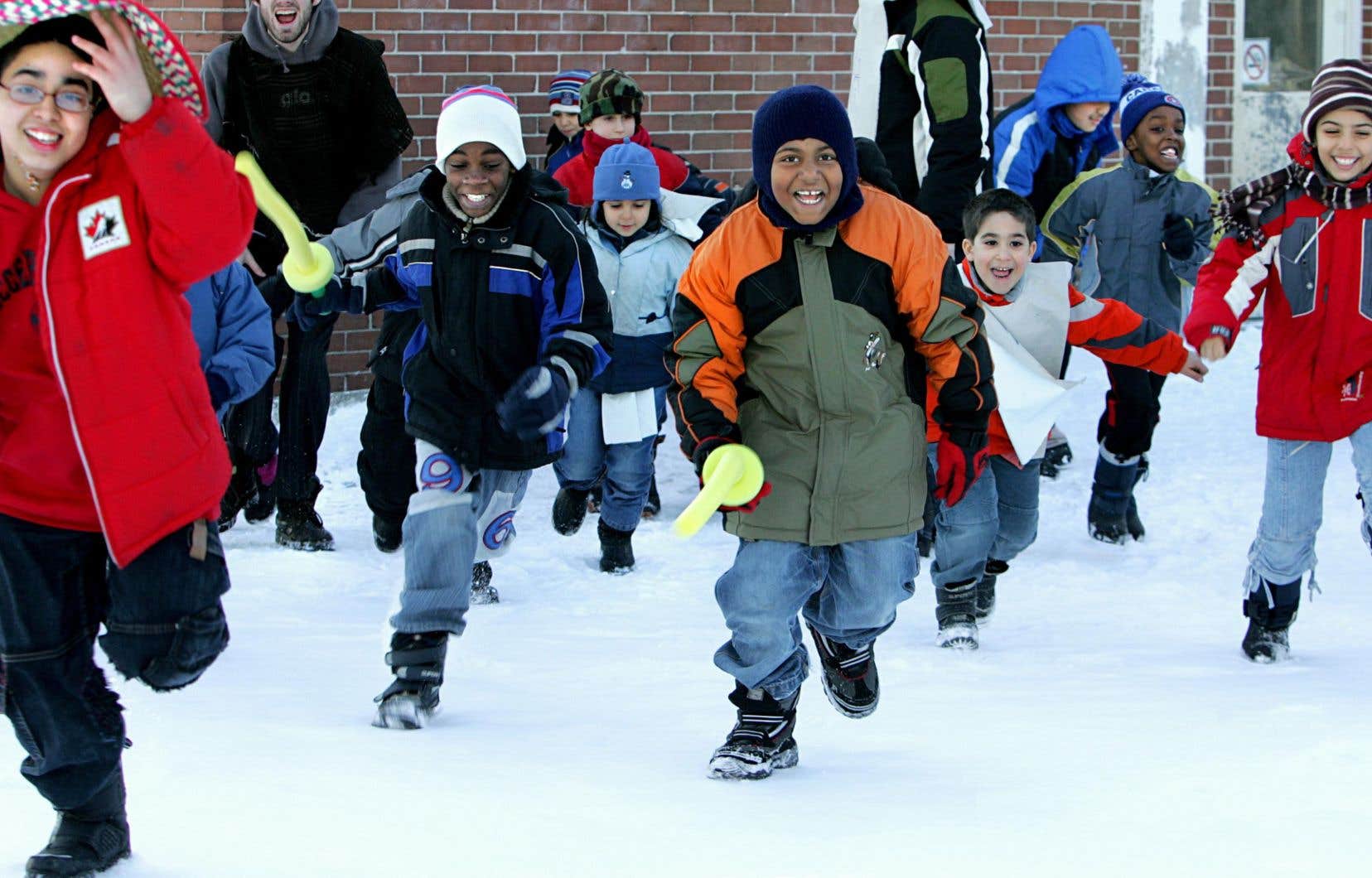This is the subject of a remarkable work, It has to move!, which has just been published by Éditions de l’Homme. The authors, Pierre Lavoie and Jean-François Harvey, are renowned for their expertise in the field and because they distinguished themselves as athletes. But they also stand out for their commitment to serving the health of Quebecers.
What will we find in this book? In summary: a) data on our state of health, b) a review of our habits, c) the risks associated with inactivity and d) a presentation of ways to reduce them — very simple ways, within the reach of everyone. The work is a pleasant read, combining clear writing, stripped of jargon, with numerous illustrations. Big surprises await readers.
Our state of health
Contrary to what we believe, we are physically and mentally worse off than our parents or grandparents, even if our health services are much better organized. There is an index to establish the threshold below which the threat of serious illness appears. In 1982, no one was below the threshold. Today, 69.9% of girls and 56.8% of boys aged 17 have slipped below the threshold. Finally, in 35 years, the respiratory and cardiac capacity of young people has fallen by 18% for boys and 12% for girls.
Inactive children are more at risk of heart and/or chronic diseases, also more at risk of bone diseases and loss of mobility in the joints. The ailments also include a sharp increase in the rate of psychological distress, mental disorders and diagnoses of attention deficit hyperactivity disorder (ADHD).
Our bad habits
Poor nutrition is one of them, but we are not always responsible for it. The industry produces a huge amount of food with little nutritional value, full of chemicals. Added to this are pesticides and air pollutants.
Inactivity is another. Young people move less and less. It is estimated that they should exercise for at least an hour a day. The number of young people who play every day has fallen by 50% over the past 35 years. Four out of five young people do not move enough. Adolescent girls spend four hours per day on average on social networks (boys, a little less). More than a quarter of children aged six to twelve spend more than ten hours a week on the Internet (the boss of Netflix: “Our main competitor is people’s sleep”…).
The costs of inactivity
There are the pathologies already mentioned. In addition, students who are not used to moving are tired, have more difficulty concentrating and suffer more from anxiety. Over the past fifty years, obesity (which is not just caused by inactivity) has skyrocketed. The overweight rate is now over 30% among adolescents. Young people are increasingly prone to contracting diseases once seen only in adults over 50.
We continue ? Our young people will be the first generation to live shorter lives than their parents. A 2013 study showed that young people took on average 90 seconds longer than those in 1975 to cover a mile (1.6 km). The proportion of adults who do not move enough is 50%. Assessment of physical activity among young people according to the two authors: “a big failure”.
There are also work-related costs: increased accidents, absenteeism, stress, low performance. And let’s not forget the financial costs of a sedentary lifestyle: more than two billion dollars per year in Quebec, nearly seven billion in Canada.
On elite sport
I summarize the authors’ thoughts on this subject. Competitive spirit ? Yes, it’s normal, useful in life and it’s not incompatible with the spirit of the game, with the pleasure of physical exercise. It’s also a good learning experience for effort (physical or otherwise). The performance ? Yes, but under certain conditions. Victory above all, the frantic hunt for medals, selection practiced from a young age? Not to be overly encouraged, because they are fundamentally elitist, based on skimming, rejection, humiliation of others (of “monoculture”). And can compromise physical and mental health (see the case of Michael Phelps).
What to do ?
Actually, very simple things. First, for people of all ages: walk (to go to school, work or elsewhere). The authors insist: “we were born to move” and especially to walk (marathons? Optional!).
To move ! To move ! To move ! They only have that word in their mouths and under their pens.
Other recommendations: practice a variety of movements, avoid hasty specialization in a sport, seek pleasure. For the youngest: play (preferably outside). For everyone: less screen time, lead a regular life, strive to get enough sleep. Note: nearly nine out of ten young people would spend more time outdoors if given the opportunity. Some good news, however: the “energy cubes” program started by Pierre Lavoie is starting to produce results and they promise to be substantial.
Finally, countries that are doing much better than us: Norway, Slovenia, Finland, Denmark, Japan. Their formula could help us create an original model ourselves.
I will stop here this too-rapid overview which does not do justice to this essential book full of discoveries, knowledge, wisdom and practical lessons. I wish I had given you the taste to read it… and to move!
